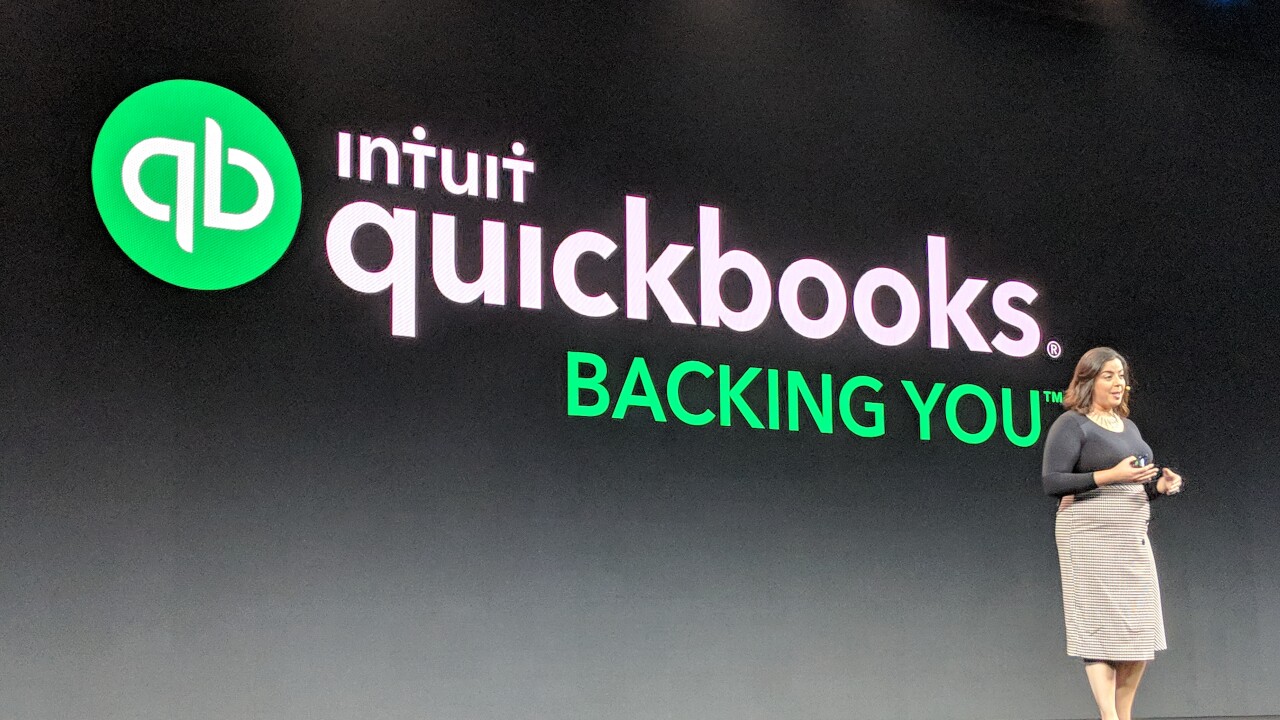IMGCAP(1)]The number of donor-advised funds created, and the amount of donations to them, continue to increase substantially.
A recent
Here is a list of the types of clients who would most benefit from creating a DAF. Talk with these clients to ascertain whether they would benefit from a DAF or if there is another strategy that would be more appropriate. These clients include those who:
1. Earn substantial income now and want to contribute money to a DAF from which they can grant money to charities now or later;
2. Want a simple solution from which they can easily make online grants and receive just one tax receipt each year instead of numerous ones from different charities;
3. Have low-basis or difficult-to-find basis assets that they wish to sell (and can often receive full fair market value instead of cost basis deduction);
4. Want the best possible overall tax advantages when making donations;
5. Want to donate complex assets that their favorite charities cannot accept;
6. Have a large asset to donate, but do not want to donate it to one charity all at once and want to provide support over time;
7. Have a large asset to donate and wants the asset to support multiple charities;
8. Have income that fluctuates and want to provide a consistent level of donations over time to favorite charities;
9. Want or need to give anonymously, though most in fact do give publicly from DAF accounts;
10. Plan to sell a business or other large assets, and seek additional benefits and impact from making donation of all or part of asset before the sale;
11. Frustrated with the complexity of running a private foundation (PF) or want to have a DAF to operate alongside the foundation. A DAF would enable those with PFs to give outside of the foundation's mission, receive greater tax benefits from donating certain assets to a DAF instead of a PF, or need to fulfill 5 percent minimum granting from the PF at the end of the year.
12. Need to get a tax deduction before year-end and need more time to decide which non-profits to support;
13. Want to involve family in charitable planning, or create fund from which family can continue to make grants after wealth creator is deceased; or
14. Want to set aside money for future charitable giving and do not want to pay taxes on these investments that increase in value once donated.
Others may want their financial advisor to manage and grow their charitable assets so they do not have to pick investment options themselves. Some DAFs such as the American Endowment Foundation. Fidelity, Schwab, and some community foundations and single-issue charities allow this at different minimums from zero to one million. If a client opens up a DAF account on their own, an advisor often loses ability to manage these assets forever.
Other clients may be approaching retirement and realize their income will be less in future. It’s easier to donate while earning.
Many young families are establishing DAFs as well. Talk with your clients now while there is still time to quickly establish a DAF before year-end.
In many cases, it is advisable for accountants and attorneys to involve the clients’ wealth advisor so they can manage the assets. This charitable conversation will have many long-term benefits to both clients, advisors, and the charities they support. Should this conversation not take place, clients may do nothing, or even worse, they may receive poor advice from others.
Ken Nopar is the principal of





